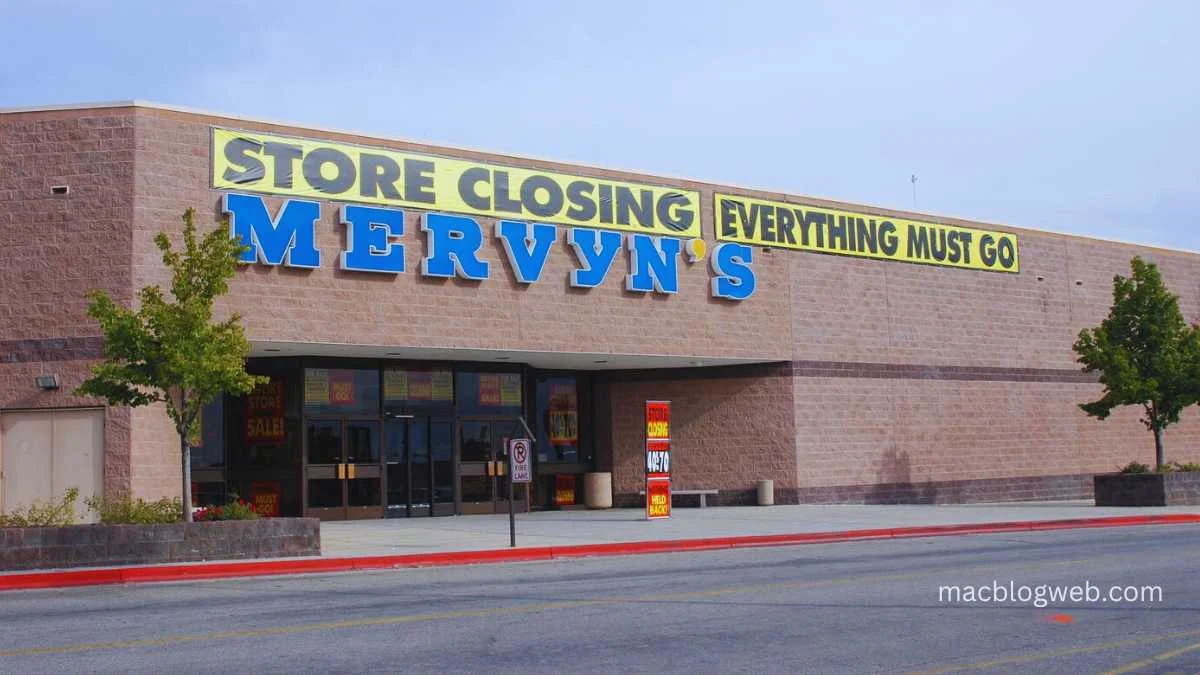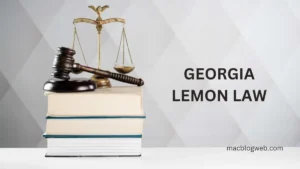Founded in 1949 in San Lorenzo, California, Mervyn’s started as a middle-scale department store chain that carved a niche for itself in the American retail landscape. With its roots firmly placed within the community of a post-war residential planned community, Mervyn’s was more than just a store; it was an integral part of the American suburban expansion and a symbol of accessible luxury. This article explores the history, growth, challenges, and the eventual decline of Mervyn’s, providing insights into its corporate strategy and market dynamics.
Foundation and Early Years
Mervyn’s was established by Mervin G. Morris, who aimed to create a department store that offered high-quality merchandise at prices lower than those of its competitors. The origin of the store’s name, interestingly, came from a typo that turned out to be a branding win; the name “Mervyn’s” was suggested over “Mervin’s” for aesthetic appeal. Located in the heart of San Lorenzo Village, a burgeoning residential area, Mervyn initially focused on selling factory seconds—items with minor imperfections—at significantly discounted prices. This strategy appealed greatly to the budget-conscious families populating the area during the 1950s and 1960s.
Expansion and Growth
The success of the original store led to the opening of a second location in 1962 at the Fremont Hub Shopping Center in Fremont, California. This expansion marked the beginning of a new chapter for Mervyn as it transitioned from a single-store operation to a notable chain within shopping malls across America. Throughout the 1970s and 1980s, Mervyn’s continued to expand, opening stores in several states and becoming known for its value-for-money proposition in clothing, household items, and more.
As the company grew, it adapted its product offerings to include more than just factory seconds. Mervyn began carrying national brands and broadened its merchandise to include a full range of clothing, footwear, bedding, bath products, furniture, jewelry, beauty products, electronics, toys, and housewares. This shift helped position Mervyn as a comprehensive department store catering to a wide demographic.
Challenges and Competition
Despite its expansion, Mervyn’s faced intense competition from both higher-end department stores and discount retail chains. The retail environment of the 1990s and 2000s saw significant changes with the rise of big-box retailers like Walmart and Target, which squeezed mid-tier retailers from both ends of the market spectrum. Mervyn found itself in a challenging position, struggling to differentiate itself from competitors that either offered more upscale products or deeper discounts.
Financial Struggles and Bankruptcy
The early 2000s were particularly tumultuous for Mervyn’s. The economic downturns and poor strategic decisions compounded the company’s problems. In 2008, amidst worsening financial woes and an inability to adapt to the rapidly evolving retail landscape, Mervyn filed for Chapter 7 bankruptcy. This filing indicated a move to liquidate all assets rather than reorganize, a grim reflection of the depth of its troubles. By the end of 2008, all Mervyn locations were closed, marking the end of an era for the once-beloved chain.
Aftermath and Legacy
In a surprising twist, the Morris family re-acquired the intellectual property rights to Mervyn’s in 2009, with plans to revive the brand as an internet-based enterprise. However, these plans never materialized, and the Mervyn brand remained dormant. The story of Mervyn serves as a cautionary tale about the volatility of the retail industry and the critical need for businesses to adapt to changing consumer behaviors and market conditions.
Conclusion: mervyn’s
Mervyn’s, from its inception as a single department store in a quiet town to its rise as a key player in the American retail sector, and eventual decline, embodies the dynamic nature of retail. The brand’s journey through the highs and lows of business operations offers valuable lessons in market adaptation, financial management, and the importance of strategic foresight. As the retail landscape continues to evolve, the story of Mervyn’s remains a poignant reminder of the impermanence in the world of business and the continuous need for innovation and agility.
FAQs on Mervyn’s
- What was Mervyn’s known for?
Mervyn’s was known as a middle-scale department store offering quality merchandise at affordable prices, catering to budget-conscious suburban families. - What led to Mervyn’s downfall?
Mervyn’s struggled to compete with big-box retailers like Walmart and Target, failed to adapt to changing consumer trends, and faced financial difficulties, culminating in its bankruptcy and closure in 2008. - Did Mervyn’s attempt a comeback after closing?
The Morris family reacquired Mervyn’s intellectual property in 2009 with plans for a digital revival, but the initiative never materialized, leaving the brand dormant.








